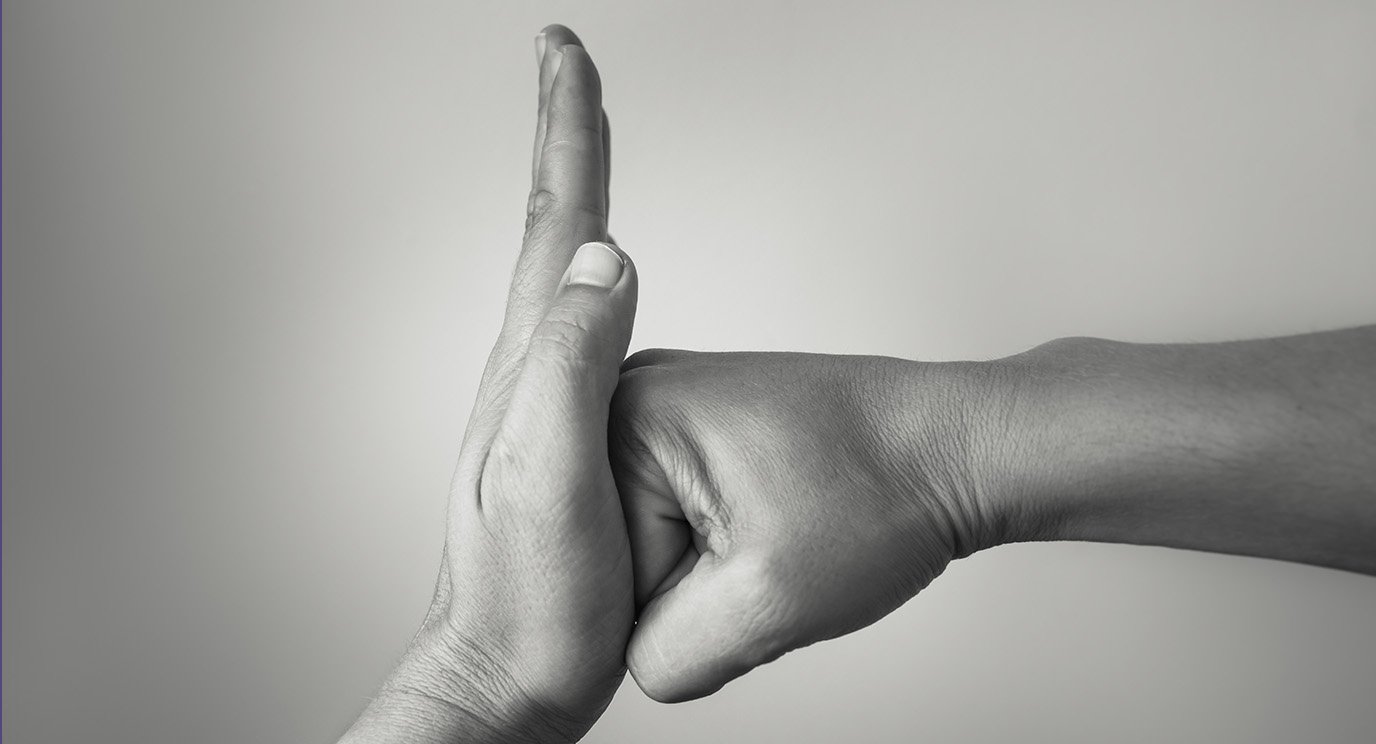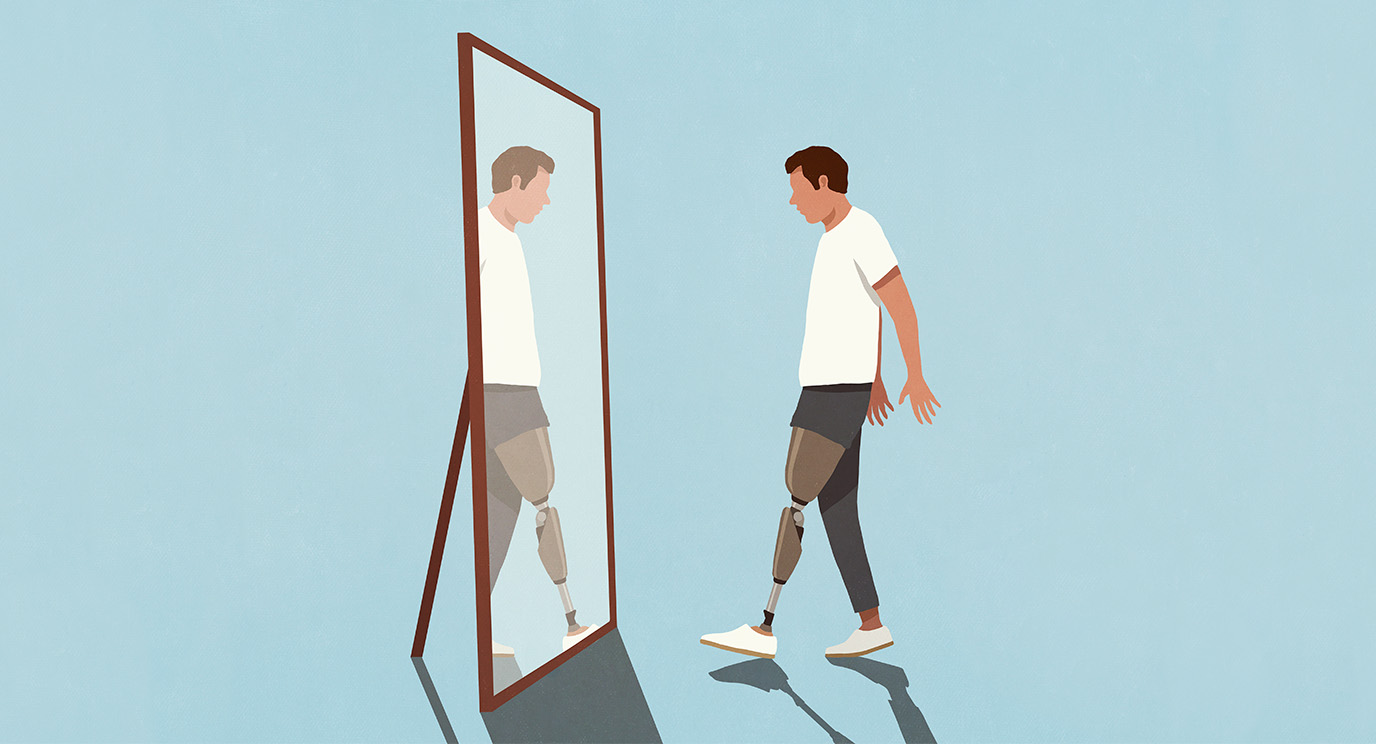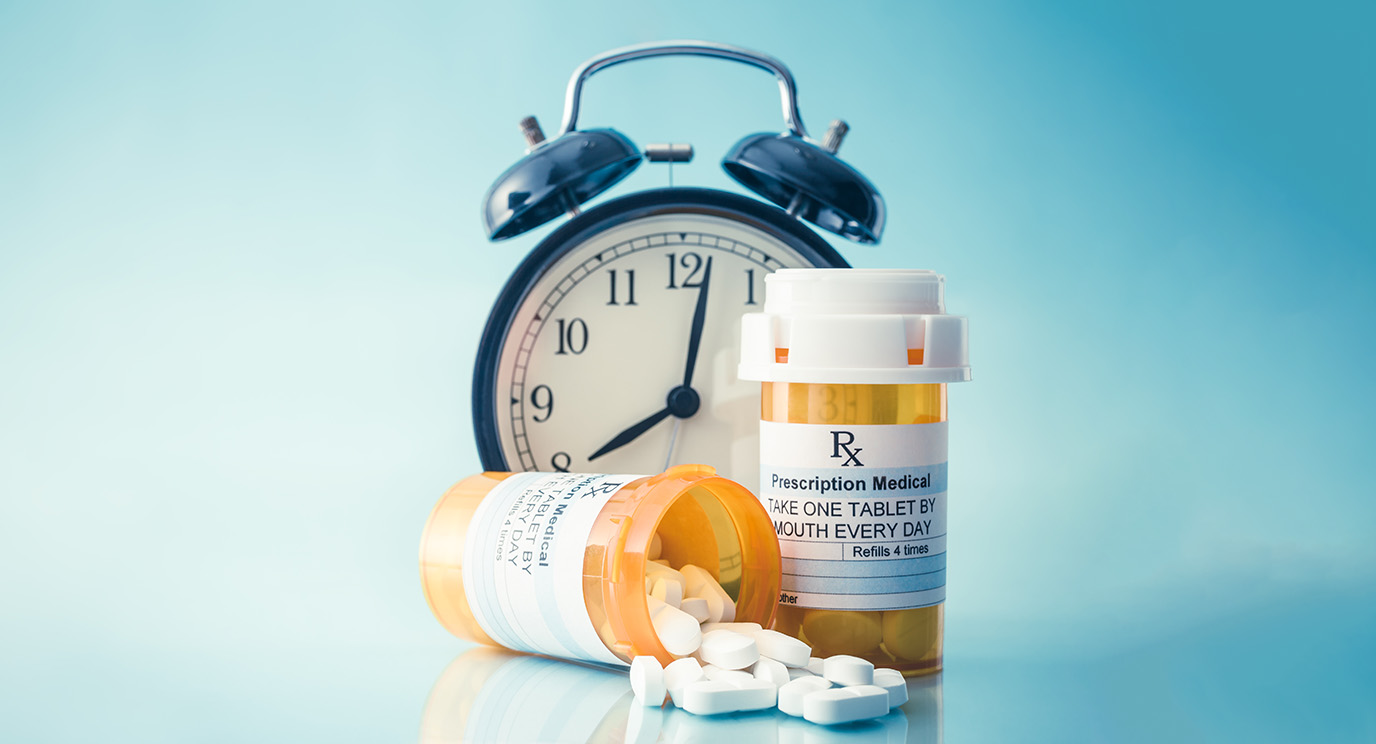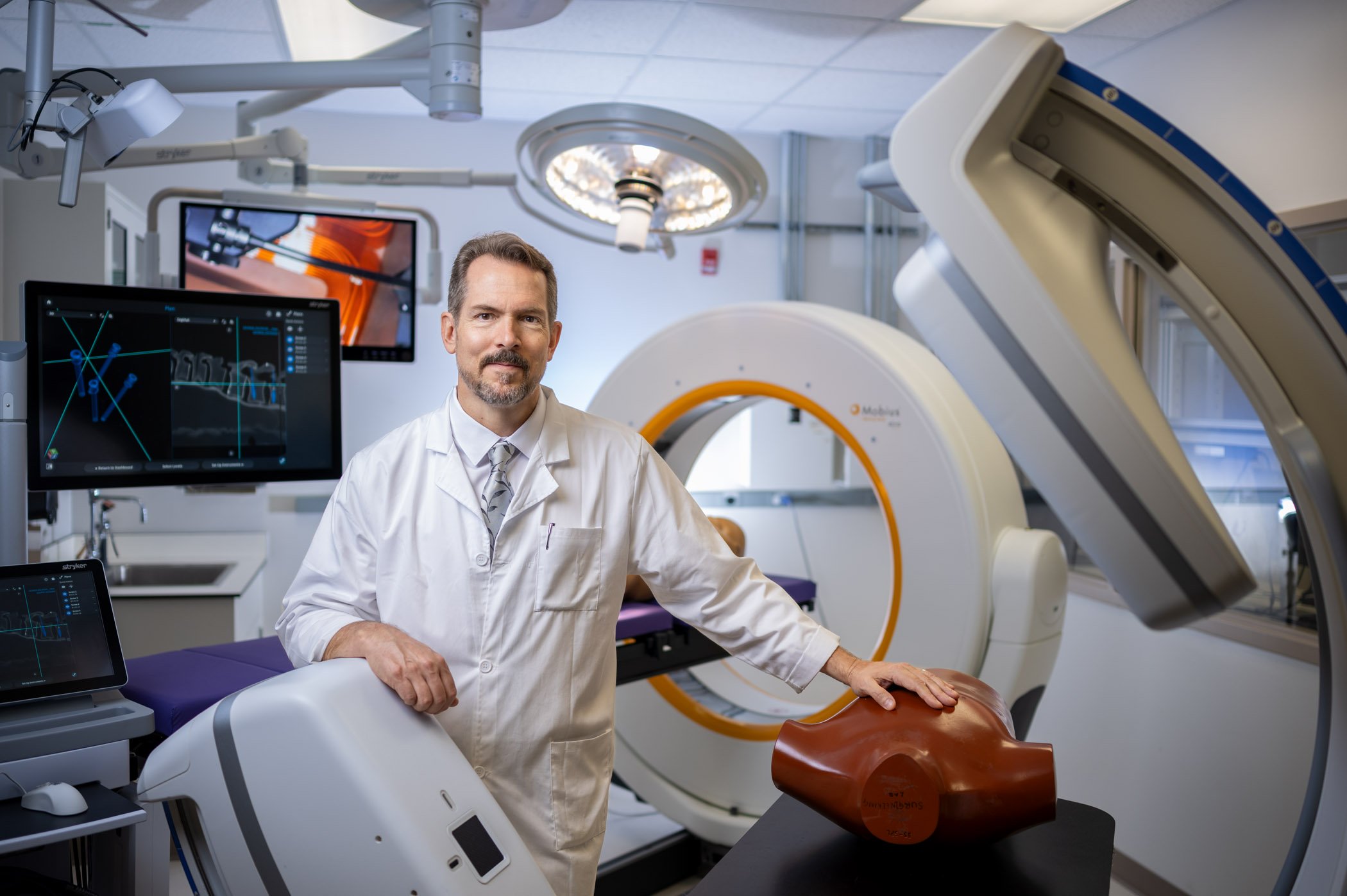- Diseases
- Acoustic Neuroma (14)
- Adrenal Gland Tumor (24)
- Anal Cancer (66)
- Anemia (2)
- Appendix Cancer (16)
- Bile Duct Cancer (26)
- Bladder Cancer (68)
- Brain Metastases (28)
- Brain Tumor (230)
- Breast Cancer (718)
- Breast Implant-Associated Anaplastic Large Cell Lymphoma (2)
- Cancer of Unknown Primary (4)
- Carcinoid Tumor (8)
- Cervical Cancer (154)
- Colon Cancer (164)
- Colorectal Cancer (110)
- Endocrine Tumor (4)
- Esophageal Cancer (42)
- Eye Cancer (36)
- Fallopian Tube Cancer (6)
- Germ Cell Tumor (4)
- Gestational Trophoblastic Disease (2)
- Head and Neck Cancer (6)
- Kidney Cancer (124)
- Leukemia (344)
- Liver Cancer (50)
- Lung Cancer (288)
- Lymphoma (284)
- Mesothelioma (14)
- Metastasis (30)
- Multiple Myeloma (98)
- Myelodysplastic Syndrome (60)
- Myeloproliferative Neoplasm (4)
- Neuroendocrine Tumors (16)
- Oral Cancer (100)
- Ovarian Cancer (170)
- Pancreatic Cancer (164)
- Parathyroid Disease (2)
- Penile Cancer (14)
- Pituitary Tumor (6)
- Prostate Cancer (144)
- Rectal Cancer (58)
- Renal Medullary Carcinoma (6)
- Salivary Gland Cancer (14)
- Sarcoma (236)
- Skin Cancer (296)
- Skull Base Tumors (56)
- Spinal Tumor (12)
- Stomach Cancer (60)
- Testicular Cancer (28)
- Throat Cancer (90)
- Thymoma (6)
- Thyroid Cancer (98)
- Tonsil Cancer (30)
- Uterine Cancer (78)
- Vaginal Cancer (14)
- Vulvar Cancer (18)
- Cancer Topic
- Adolescent and Young Adult Cancer Issues (20)
- Advance Care Planning (10)
- Biostatistics (2)
- Blood Donation (18)
- Bone Health (8)
- COVID-19 (362)
- Cancer Recurrence (120)
- Childhood Cancer Issues (120)
- Clinical Trials (626)
- Complementary Integrative Medicine (24)
- Cytogenetics (2)
- DNA Methylation (4)
- Diagnosis (230)
- Epigenetics (6)
- Fertility (64)
- Follow-up Guidelines (2)
- Health Disparities (14)
- Hereditary Cancer Syndromes (124)
- Immunology (18)
- Li-Fraumeni Syndrome (8)
- Mental Health (118)
- Molecular Diagnostics (8)
- Pain Management (62)
- Palliative Care (8)
- Pathology (10)
- Physical Therapy (18)
- Pregnancy (18)
- Prevention (898)
- Research (390)
- Second Opinion (74)
- Sexuality (16)
- Side Effects (604)
- Sleep Disorders (10)
- Stem Cell Transplantation Cellular Therapy (216)
- Support (404)
- Survivorship (322)
- Symptoms (184)
- Treatment (1774)
Staying safe in the summer heat: 5 tips for cancer patients
6 minute read | Published July 15, 2021
Medically Reviewed | Last reviewed by an MD Anderson Cancer Center medical professional on July 15, 2021
Keeping cool during the summer can be a challenge for even the healthiest individuals. So, how do you manage it when you’re a cancer patient? Is there anything special you should do to cope with scorching outdoor temperatures if you’re in active cancer treatment?
Here are five things I tell my patients.
Don’t underestimate the value of good hydration
When it comes to dealing with extreme heat, the biggest challenge for most cancer patients is usually staying hydrated. That’s because both cancer itself and the side effects of its treatment can cause people to stop eating or drinking the way they normally would. And whether it’s caused by an altered taste sensation, nausea from chemotherapy, or diarrhea from either chemotherapy, immunotherapy or radiation therapy, the result is often the same: dehydration.
Getting enough water is important for many reasons. It allows the blood to more efficiently transport nutrients and oxygen throughout the body. It also lubricates joints, keeps mucus membranes moist, and helps regulate not only body temperature, but also heart rate and blood pressure. Some chemotherapy drugs get filtered out of the body by the kidneys, too, so it’s important for those organs to have enough water to function correctly.
Our bodies use sweat to regulate temperature through evaporation. But by the time you’re feeling thirsty due to water lost from that and urination, you’re already fairly dehydrated. And the worse it gets, the longer it will take your body to actually use the liquids you ingest. That’s why I encourage patients to sip cool drinks throughout the day.
Not everybody likes plain cold water, though. So, I recommend chilled water infused with celery, cucumber or different types of fruit. If you don’t want to cut up any produce, just add ¼ cup of your favorite juice to a large pitcher of water. Or, try an iced, low-sugar sports drink or low-sugar popsicles to keep cool while increasing your fluid intake.
Above all, avoid beverages that contain alcohol or caffeine, as those can work against you. And talk to your care team if you’re struggling with nausea, because once you start feeling that way, you usually don’t want to drink anything at all. And that can lead to more nausea, which then becomes a vicious cycle.
Think twice before swimming if you’re in cancer treatment or immunocompromised
Many people enjoy taking a dip to cool off when it’s hot outside, but check with your doctor to be sure that swimming is a safe option for you.
Sometimes radiation therapy can make people more sensitive to the chemicals used in pool water, such as chlorine. But it might be OK if the part of your body being treated is not soaking in the water. For instance, if you have a head and neck cancer, your doctor might approve sitting in pool water that only comes up to your chest. But if the pool isn’t being properly maintained, it could be a source of infection.
That’s why I generally don’t recommend swimming in natural bodies of water, either, due to the risk of infection. Immunocompromised people in particular should avoid ponds and lakes — especially if they have a break in the skin — because bacteria and many other microorganisms thrive in still, warm waters. But check with your care team to find out what’s best for your particular situation.
Avoid getting overheated during cancer treatment
Regulating body temperature is generally not a problem for most cancer patients. But high humidity makes it harder for your body to cool off by sweating, so try to avoid really hot places like saunas, steam rooms, hot yoga classes, or hot tubs.
Also be mindful of your environment while exercising. Psychologically, it’s great to get outdoors, and mild to moderate exercise can be healthy for our patients. But during the hottest months of the year, it’s often better for patients to stay inside, where it’s air-conditioned.
If you absolutely must be outside — and your doctor says it’s OK — avoid strenuous activity when it’s really hot. Instead, exercise early in the morning or late in the evening when it’s cooler, and drink lots of fluid. Consider using insulated bottles to keep iced beverages cold longer, too, or bring cooling towels with you.
Watch for warning signs of heat stroke and heat exhaustion
Cancer treatment side effects can cause dehydration, so doctors do everything they can to prevent it. That’s why one of the first things I usually ask patients is how much fluid they’ve been drinking. Because early signs of dehydration can include headaches and nausea, as well as weakness, dizziness, constipation and fatigue.
Headaches and nausea can be symptoms of heat exhaustion and heat stroke, too. So, it’s important to be alert for warning signs of those as well.
Heat exhaustion is usually caused by salt depletion and/or short-term exposure to high temperatures. It’s more common among the elderly and obese, and can generally be reversed by moving to an air-conditioned environment, resting and drinking something cold.
Other signs of heat exhaustion include:
- muscle cramps
- pale, clammy skin
- decreased urine output
- heavy sweating
- dizziness/weakness
Signs of heat stroke may include one or more of the above symptoms, plus:
- red, hot skin
- temperature of 103°F or higher
- confusion
- vomiting
- collapse
- rapid, strong pulse
But heat stroke is different. It usually occurs among people who’ve been exposed to high temperatures for an extended period of time, like manual laborers or competitive athletes who are practicing outdoors. And when someone’s core body temperature gets that high, it can be life-threatening. So, it’s imperative to get them help immediately. Call 9-1-1 for anyone with suspected heat stroke, and while you’re waiting, have the person stop whatever they’re doing, lie down in a shady area or indoors, and then wrap them in cold, wet towels and give them cold sports drinks.
Limit sun exposure
Certain forms of chemotherapy and radiation therapy can make cancer patients more sensitive to sunlight. But your particular risk depends on the type of cancer you have and the treatments you’re receiving. Some people assume that if radiation therapy is being applied to their chest for breast cancer, then they can’t expose their legs or arms to the sun, either. But that’s not true. While systemic therapies such as chemotherapy can affect the whole body, the side effects of radiation are usually limited to a very specific part of it.
That said, anyone who spends time outdoors should use a sunscreen of at least SPF 30, and reapply it frequently. It’s also important to wear a wide-brimmed hat and sunglasses with UVA and UVB protection, as well as UV protective clothing, such as long-sleeved swim shirts. Wearing a hat is particularly important for people who have lost their hair or are receiving radiation therapy for head and neck cancers. Above all, seek shade or stay indoors between the hours of 10 a.m. and 4 p.m., when the sun’s rays are the strongest.
By following these tips, you can stay cool — and safe — as you navigate the hottest months of summer.
Pamela Schlembach, M.D., is a radiation oncologist at MD Anderson The Woodlands.
Request an appointment at MD Anderson online or by calling 1-844-235-0462.

The biggest challenge for most cancer patients is usually staying hydrated.
Pamela Schlembach, M.D.
Physician






